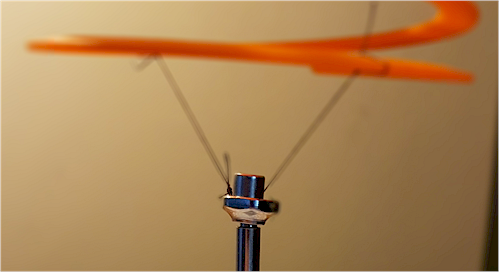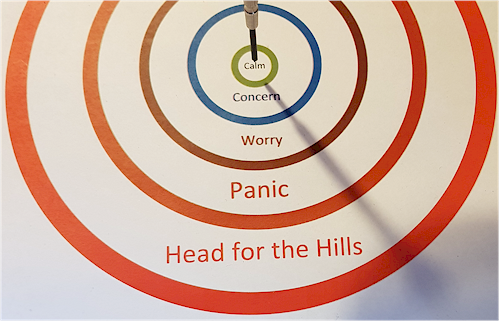
The earthquake that struck Melbourne around 09:15 on Wednesday the 22nd of September 2021 was a rare treat for science geeks. Geoscience Australia later reported that the magnitude 5.9 quake's epicentre was about 10km deep in central east Victoria. It was probably the most powerful earthquake in Australia since European occupation.
The Nancy Street computer centre is up on stilts at the front of the house, which makes it generally sensitive to vibration and external forces anyway, so the quake set the room wobbling like jelly. I ran out to the front gate so I could hopefully watch the motion of the power poles, cables and trees, but sadly it stopped before I got there.
Several years ealier I was lucky enough to stick my head out the front window during a moderately powerful earthquake and I saw the poles flexing and the cables rippling. The large front gum tree was vibrating strangely as well and making a low rustling sound.
Apparently the large quake was followed a long series of aftershocks which slowly decreased in magnitude. I may have noticed some of the aftershocks as small 'bumps' accompanied by a 'creak' in the ceiling and the dog over the road barking.
To help avoid missing future quakes, I combined an L-bracket, four screws, an aluminium strip, a slinky, a bulldog clip, some cotton thread, a small magnet and a small screwdriver into an earthquake monitor.
The following picture shows how the screwdriver is suspended from the middle-bottom of the slinky by cotton thread clamped by a small magnet.

The tip of the screwdriver is suspended over a 'target' of concentric circles with DEFCON labels to indicate the severity and appropriate response.

Sadly, no quake activity has been detected yet. However, the tip always seem to be in constant random motion in a tiny range of less than 1mm. I interpret this as 'background noise' which is most likely air motion in the room. I haven't yet observed the effect on the detector of house movement or vibration caused by high winds or the spin cycle of the washing machine.
No surprisingly, the slinky slowly stretches, so every day or two I have to wind the top of the slinky back slightly to maintain a detector tip height of about 10mm off the target paper.
Earthquakes can produce complex waves and movement in different directions (see Michigan Tech Seismology). I have no way of knowing how sensitive my detector is in different directions, but I have anecdotal evidence that the slinky does seem to amplify accidental disturbances to it from any angle. The whole device is anchored to the inside of the front wall and it touches nothing else, so hopefully, any future quake or similar disturbance that causes house movement will trigger the detector. Only time will tell.
Back to Silly Stuff